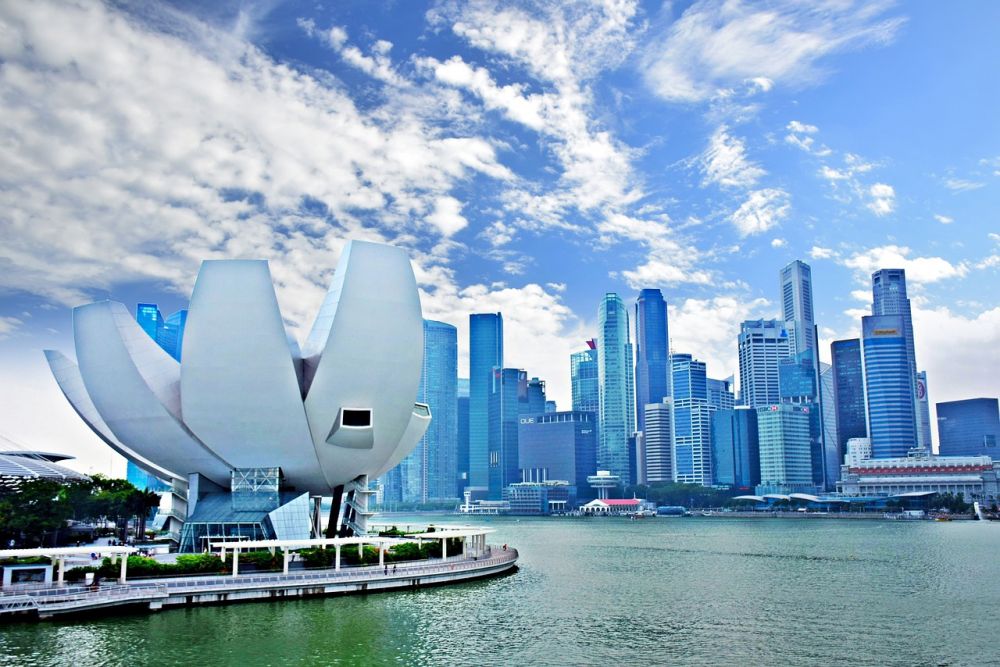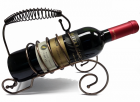Disgusting Food Museum: Unraveling the Shockingly Bizarre World of Culinary Experiments

Introduction:
The Disgusting Food Museum is a one-of-a-kind attraction that pushes the boundaries of culinary exploration. This article delves into the comprehensive overview of the museum, its diverse exhibits, quantitative measurements associated with it, how different ”disgusting food museums” differ from each other, and the historical background of the advantages and disadvantages attributed to these exhibits.
What is the Disgusting Food Museum?

The Disgusting Food Museum is an interactive and captivating exhibition that challenges our perceptions of taste and disgust. With locations around the globe, this museum boasts a collection of culinary oddities that are considered repulsive or unpleasant in various cultures.
Types of Exhibits
The museum showcases a wide array of gastronomic curiosities, ranging from fermented shark and century eggs to insect-infused delicacies and maggot cheese. These exhibits encourage visitors to question their cultural biases and explore the fascinating world of extreme eating habits.
Popular Exhibits
Among the popular exhibits, the Disgusting Food Museum offers a glimpse into the notorious Icelandic dish, hákarl, known for its overpowering ammonia smell. Another crowd favorite is the French delicacy, casu marzu, made from sheep’s milk cheese infested with live maggots, which are known to leap into the air when disturbed.
Quantitative Measurements
The Disgusting Food Museum has taken a scientific approach to measure people’s responses to the exhibits. By conducting surveys and collecting data on visitor reactions, the museum presents compelling insights into the cultural and personal factors that influence our perception of disgust.
The Variations Across Different Disgusting Food Museums
While the Disgusting Food Museum has a universal theme, each location has its unique selection of exhibits, tailored to the local culture’s culinary taboos. This diversity expands the horizons of visitors, encouraging them to appreciate the wide range of eating practices and preferences across the globe.
Historical Background: Advantages and Disadvantages
Disgusting food exhibits have a long history, both in showcasing cultural culinary traditions and exposing the darker side of food production. On one hand, these museums promote cultural understanding and open dialogue on diverse eating habits. On the other hand, critics argue that these exhibits may perpetuate stereotypes or exploit cultural practices for shock value. Understanding this historical context is crucial to appreciate the complexities of such museums.
Conclusion:
The Disgusting Food Museum offers a thought-provoking experience for adventure-seeking individuals, pushing the boundaries of what is considered edible and challenging societal notions of taste and disgust. By exploring different culinary oddities from around the world, visitors are encouraged to question their preconceived notions and broaden their understanding of cultural diversity. Whether it’s the repulsive or the intriguing, the Disgusting Food Museum is a truly unique and intellectually stimulating experience.











